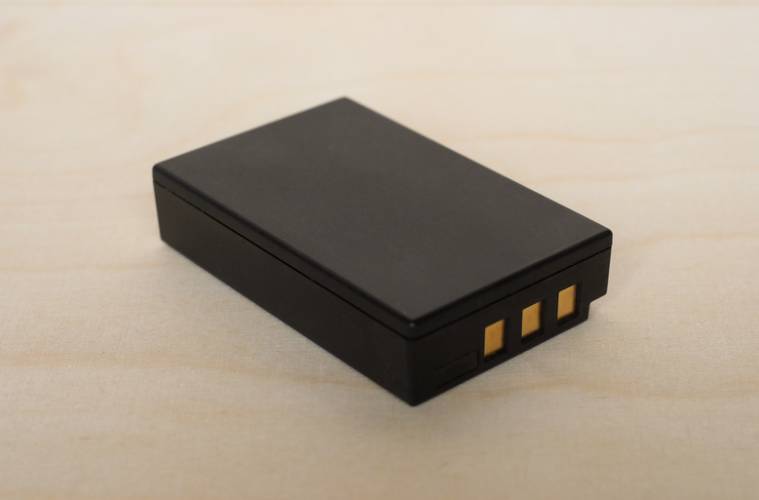
The history of batteries dates back over two thousand years, with the first documented examples appearing in ancient civilizations such as Greece and Rome. Despite this long history, the development of batteries as we know them today has been a relatively recent phenomenon.
Early Innovations:
- The Baghdad Battery: A clay jar dating back to the Parthian period (250 BCE-224 CE) containing an iron rod and a copper cylinder, believed to be a galvanic cell.
- The Daniell Cell: Invented by John Daniell in 1836, this was the first practical battery and the first to provide a steady, reliable source of current.
- The Grove Cell: Invented by William Grove in 1839, this was the first fuel cell, converting chemical energy directly into electrical energy.
Modern Developments:
- The Lead-Acid Battery: Invented by Gaston Planté in 1859, this battery became the first widely used electrical storage device and is still widely used today in automobiles and backup power systems.
- The Nickel-Cadmium Battery: Invented by Waldemar Jungner in 1899, this was the first rechargeable battery and paved the way for the development of modern rechargeable batteries.
- The Lithium-Ion Battery: Invented by John B. Goodenough in 1980, this battery revolutionized portable electronics and electric vehicles with its high energy density and long cycle life.
These early innovators paved the way for the continued development and widespread use of batteries in a variety of applications. Today, batteries are an essential part of modern life, powering everything from smartphones and laptops to electric cars and grid-scale energy storage systems.
In conclusion, the history of batteries is a rich and fascinating one, filled with numerous innovations and advancements. The contributions of these early innovators continue to shape the world we live in and inspire new developments in the field of energy storage.




